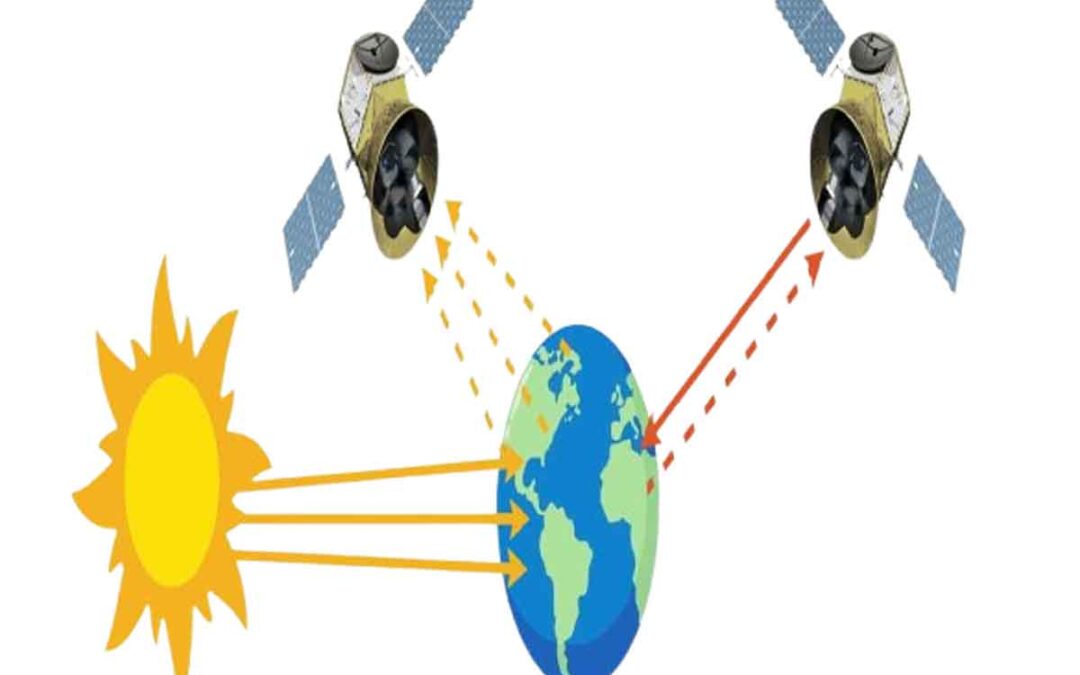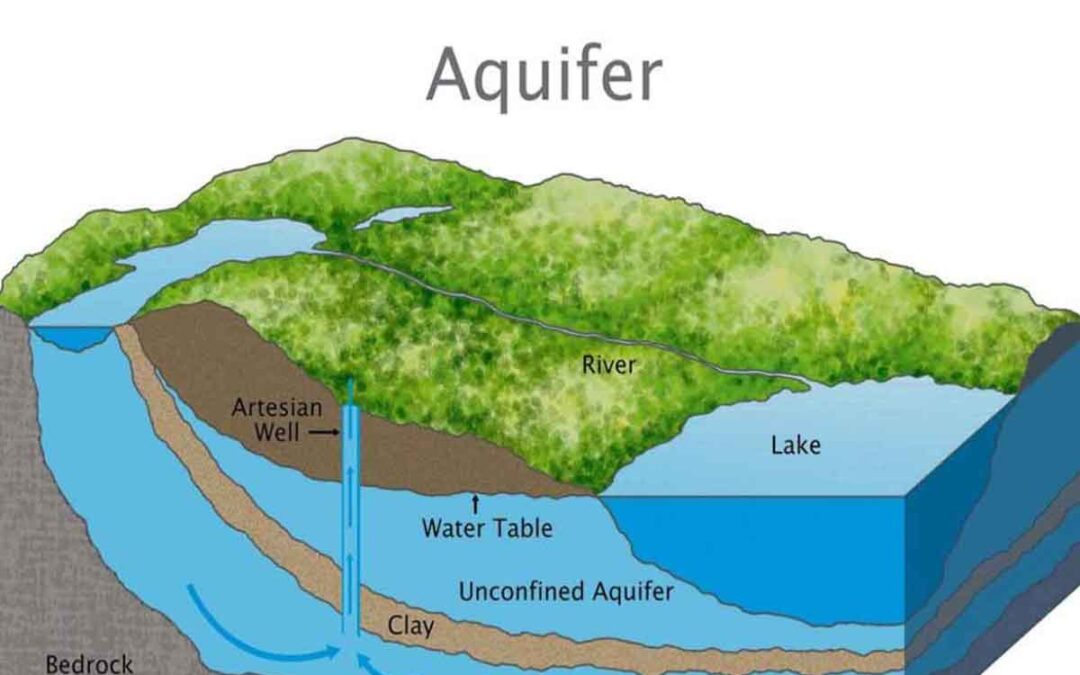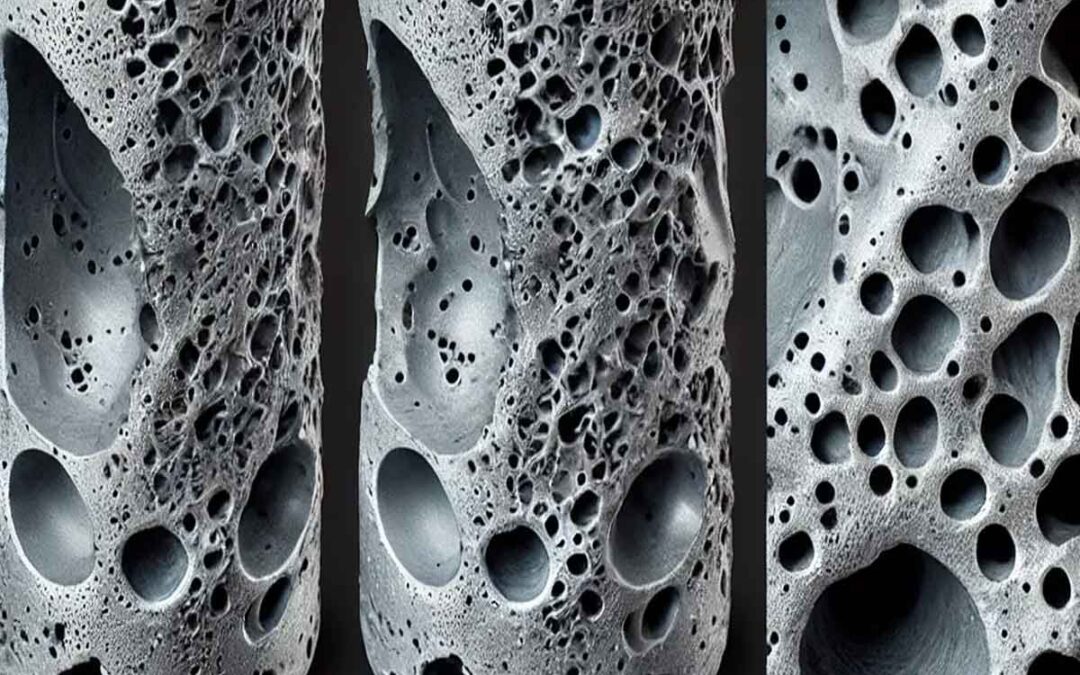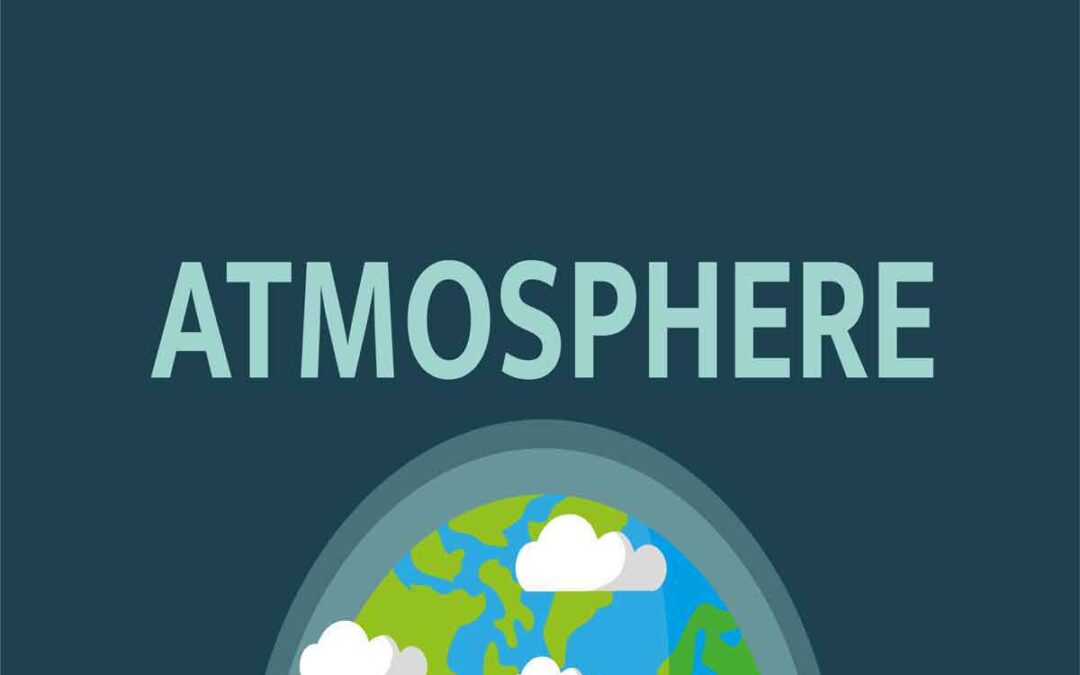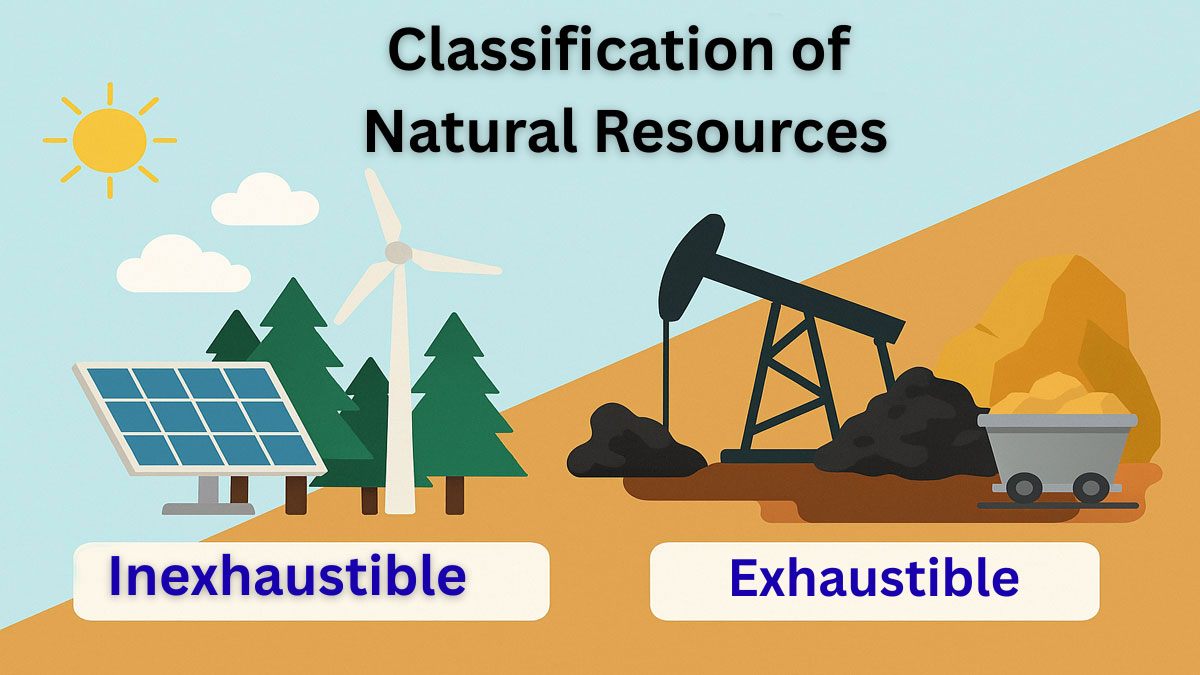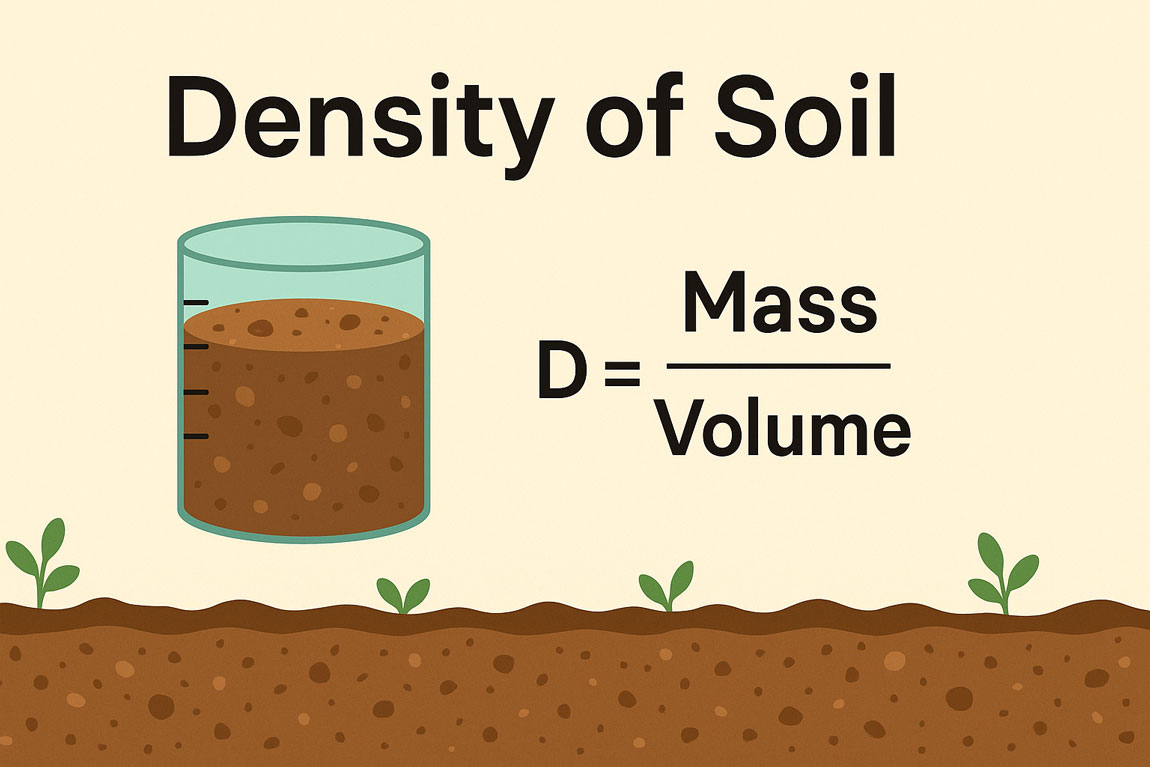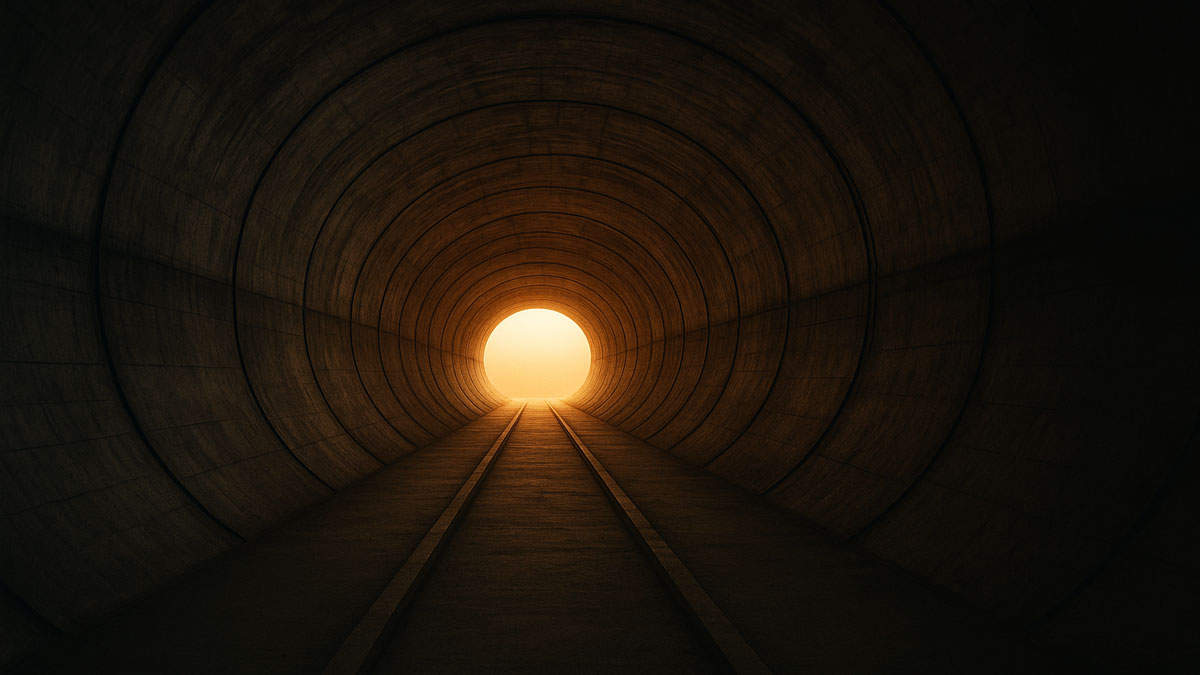
by Gelogia | Dec 22, 2024 | Structural Geology
Remote sensing is an innovative technique that enables the observation and study of Earth’s features without physical access. Due to its ability to gather information from a distance through the use of satellites, drones, or aircraft, remote sensing has changed...

by Gelogia | Dec 21, 2024 | Structural Geology
Aquifers are one of the most important elements in the Earth’s hydrological cycle and are natural reservoirs that store and transport groundwater. These groundwater resources are important for drinking water, agriculture and industry, and are essential for human...

by Gelogia | Dec 17, 2024 | Structural Geology, Uncategorized
Porosity is an important property of a material, describing the ratio of voids to the total volume. This property is important in many fields, including geology, materials science, environmental studies, and engineering. Understanding porosity is key to assessing how...

by Gelogia | Dec 16, 2024 | Structural Geology
Fluid flow is an important field in both physics and engineering that looks at how liquids and gases move in various environments. This concept plays a vital role in our daily lives, influencing everything from the currents of rivers to the design of plumbing and air...

by Gelogia | Dec 15, 2024 | Structural Geology
A function is a fundamental mathematical concept that establishes a relationship between inputs and outputs. Understanding different types of operations is important because they form the basis of mathematical modeling, calculation, and problem-solving in many...

by Gelogia | Dec 13, 2024 | Structural Geology
The atmosphere is essential for any life to survive on Earth. Without it, there is little chance of any living organism surviving. Earth’s atmosphere is a vast shell of gas that envelops the entire planet. Within this shell, we survive, but all our activities...
